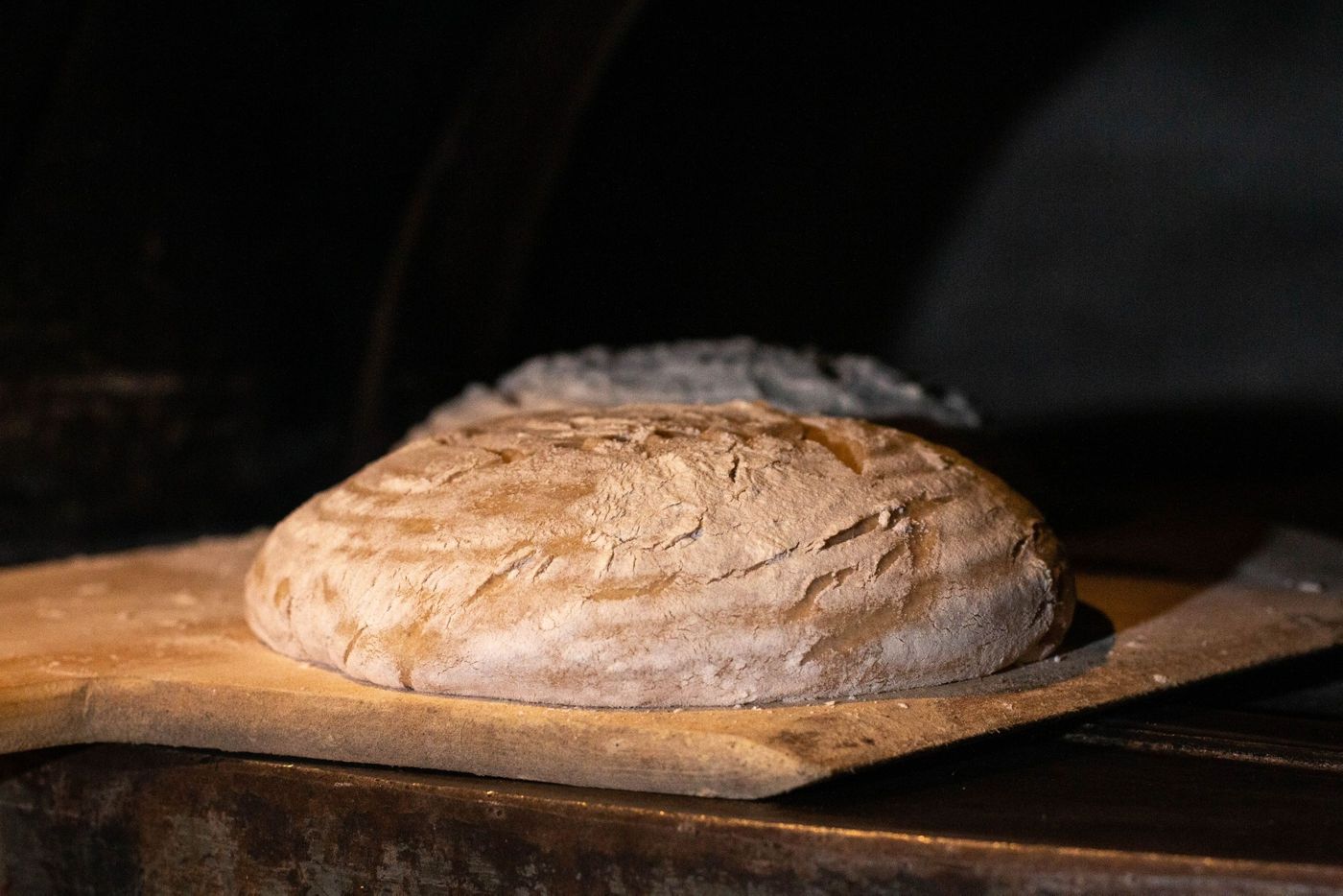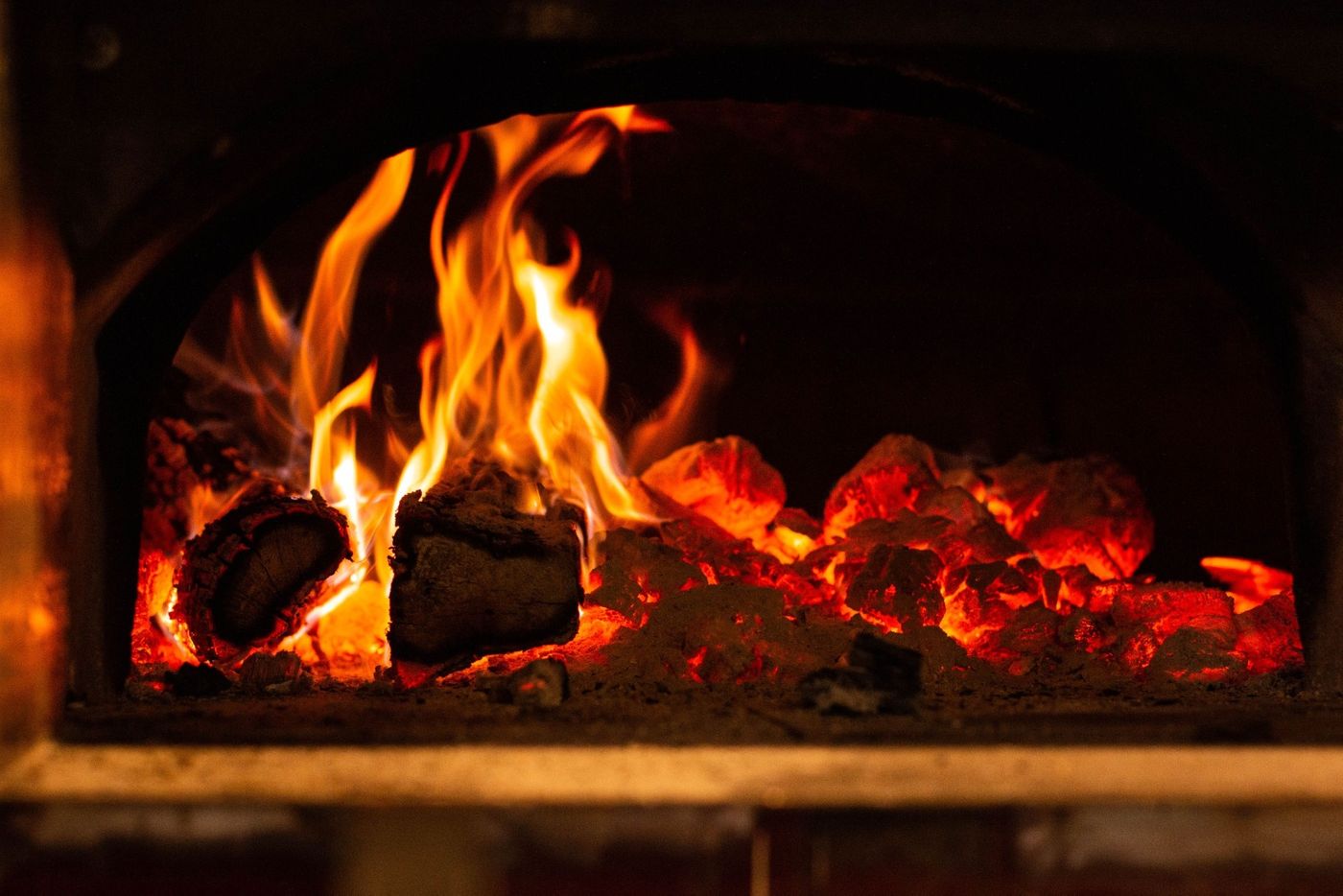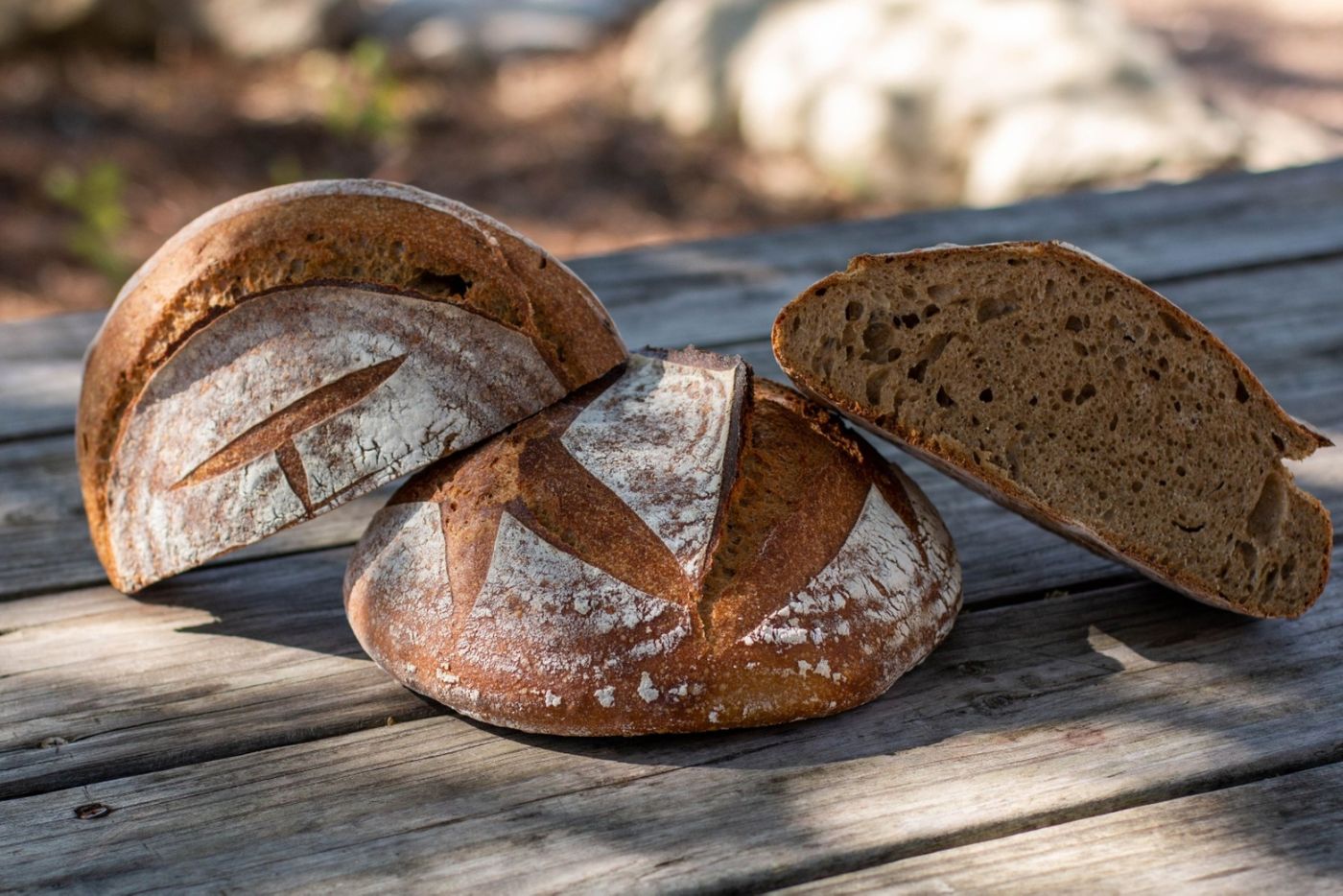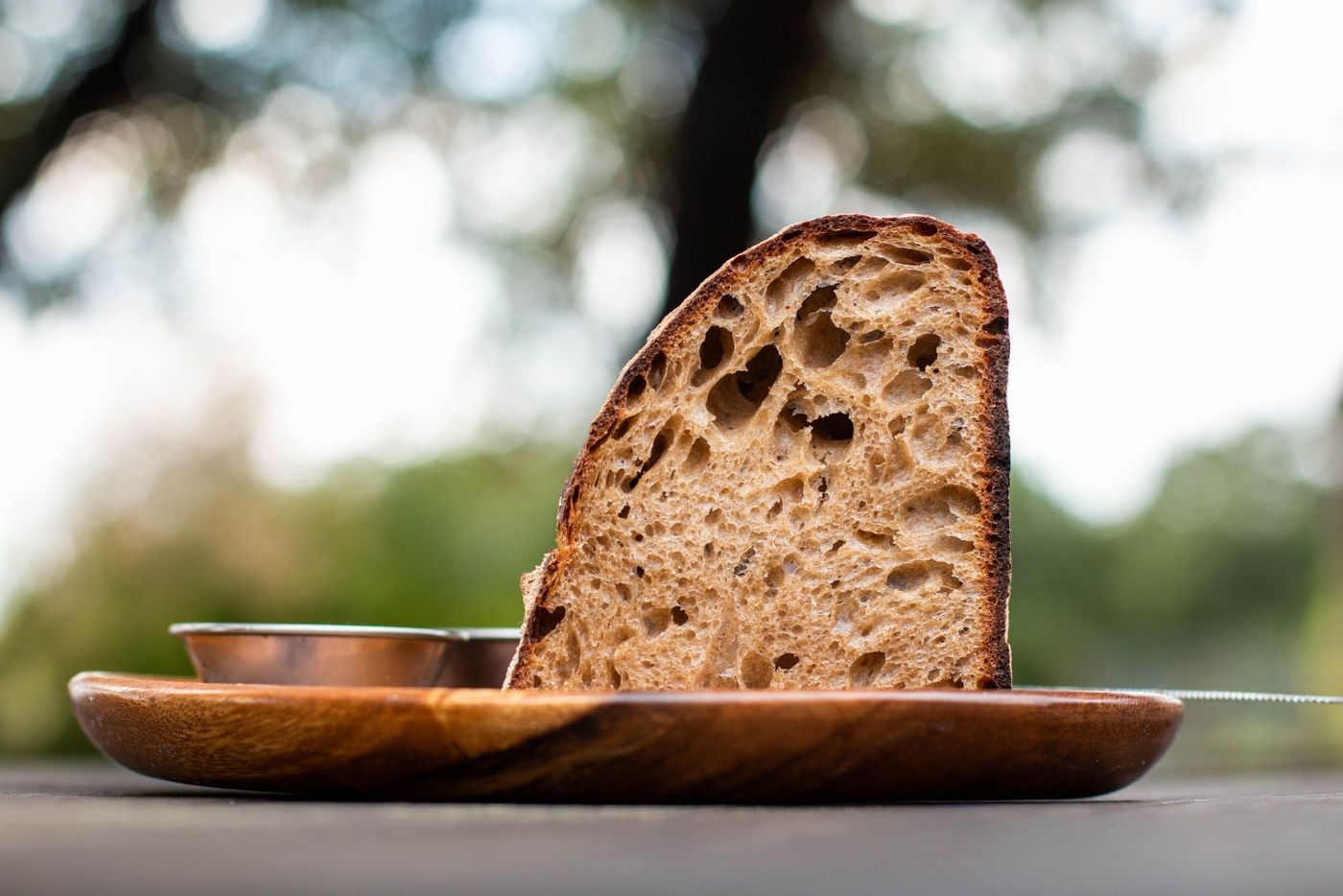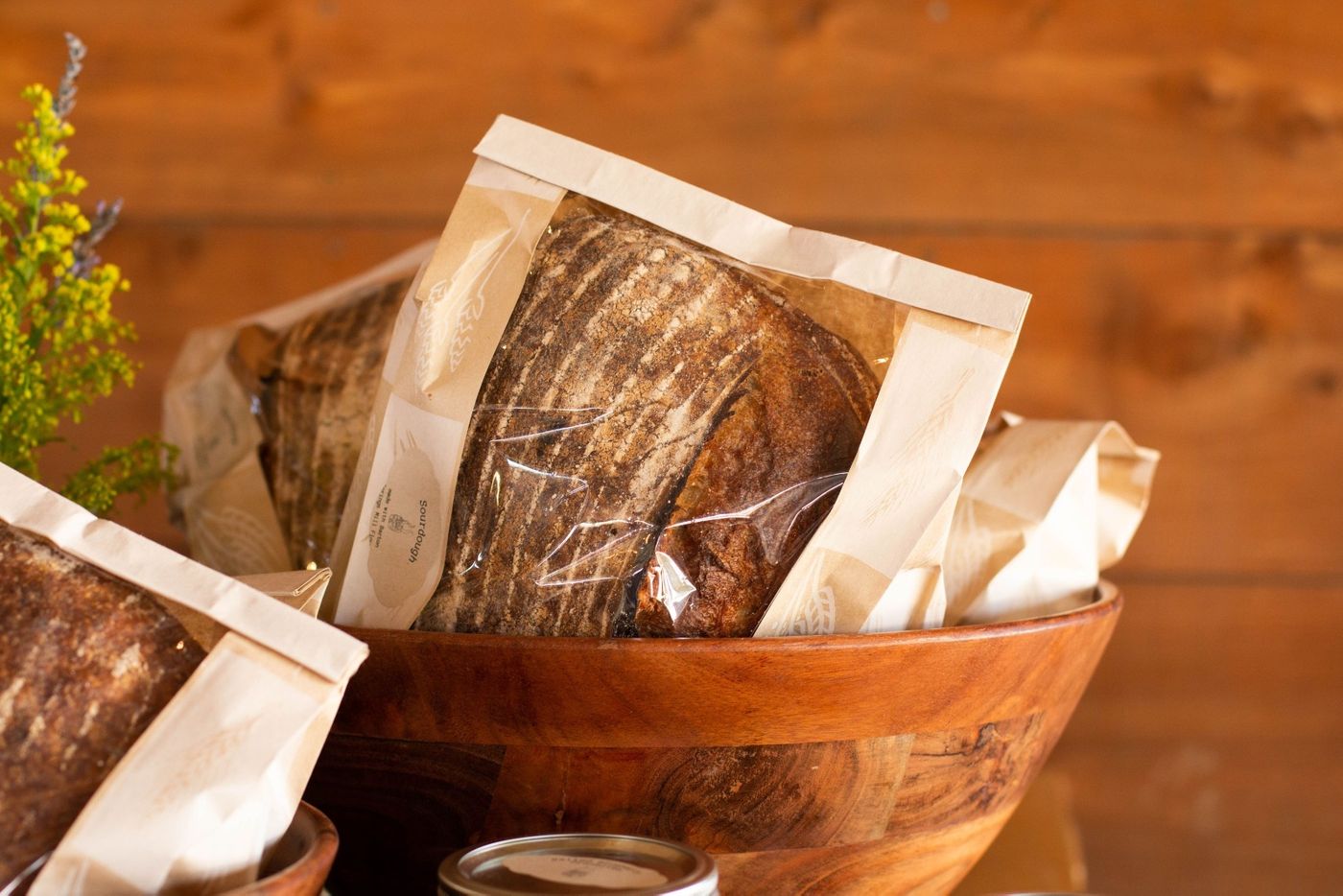Bread making is the most fulfilling work I've ever done. Being given the opportunity to learn from our talented chefs at Jester King Kitchen and share the results of our process with our guests brings me immense happiness. This happiness has inspired me to share our process and philosophy:
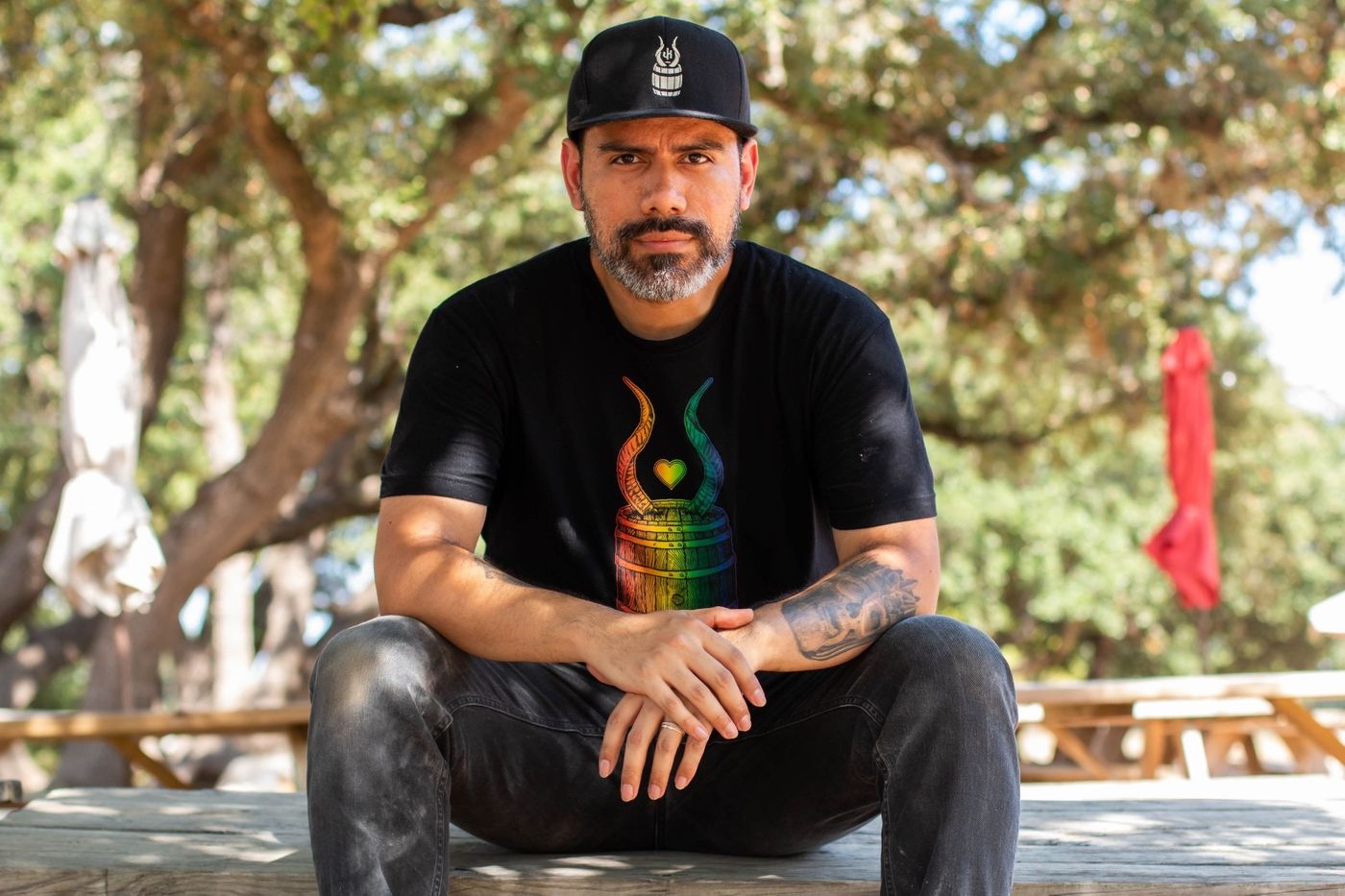
Jester King Baker Jonathan Sanchez on Our Bread Making Process & Philosophy
Jonathan Sanchez
Sourdough Starter
This is the leaven that ferments our dough. Our current starter is named Charlemagne. It was born on 07/10/19. It is a mix of flour and water, and it's allowed to ferment without the use of commercial yeast. We feed it daily and let it ferment overnight before it gets used to make dough. Feeding means we discard all but a small portion of the starter then mix in fresh flour and water to keep the yeast active.
Dough
Our dough is a mix of flour, water, salt, and our starter. 100% of our flour is from Barton Springs Mill in Dripping Springs, TX. We use whole wheat flour as well as flours that have some of the bran and germ removed during milling. We begin by mixing all of our ingredients except the salt, and let the dough rest for 30 minutes. By letting the dough rest without salt we allow the flour time to fully hydrate and begin to build the gluten network. After this rest we add the salt and mix again. The finished dough gets transferred to a tub and begins bulk fermentation.
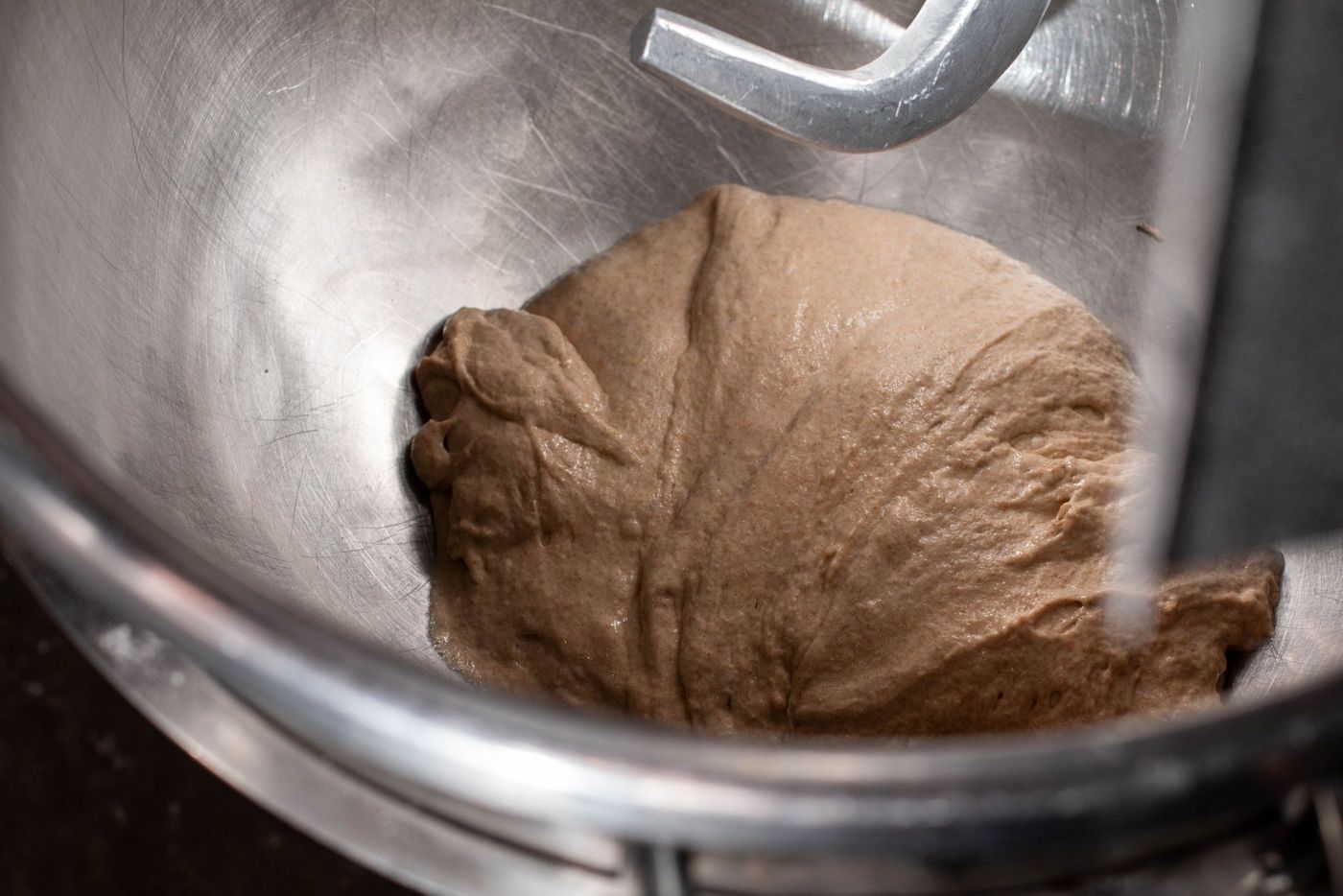
Bulk Fermentation and Folds
Now that the dough is mixed we allow it to ferment at room temperature for 3-5 hours and gently stretch/fold the dough over itself every 30 minutes. This develops strength in the dough without degassing it. At the end of bulk fermentation the dough has grown and feels almost pillowy.
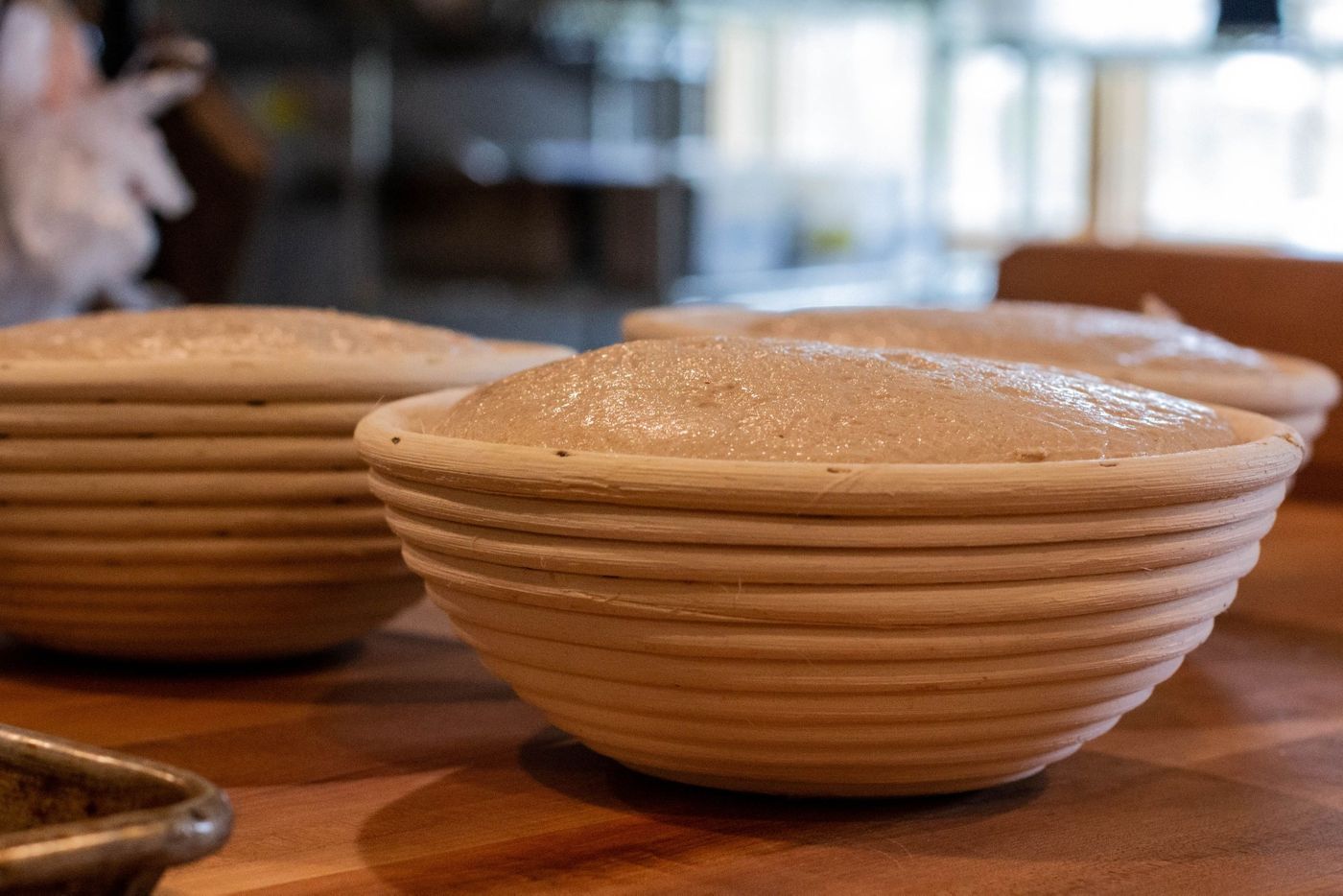
Divide and Pre-Shape
Now we divide the dough into portions and shape each portion into a round without using any flour on the table. We only use a scraper to separate and lift the dough so that no raw flour clumps end up trapped inside the loaves. The pre-shaped rounds are allowed to rest before final shaping so the dough has time to relax.
Final Shape
This process builds tension in the dough to help it retain its shape during baking. We shape boules (round loaves) for use in the kitchen, and batards (oblong loaves) for retail sale. These are transferred into bannetons (baskets) and placed in the walk-in for overnight cold fermentation before baking. Again, the dough will rise and expand into the shape of the basket used and retain the striped design from the floured banneton.
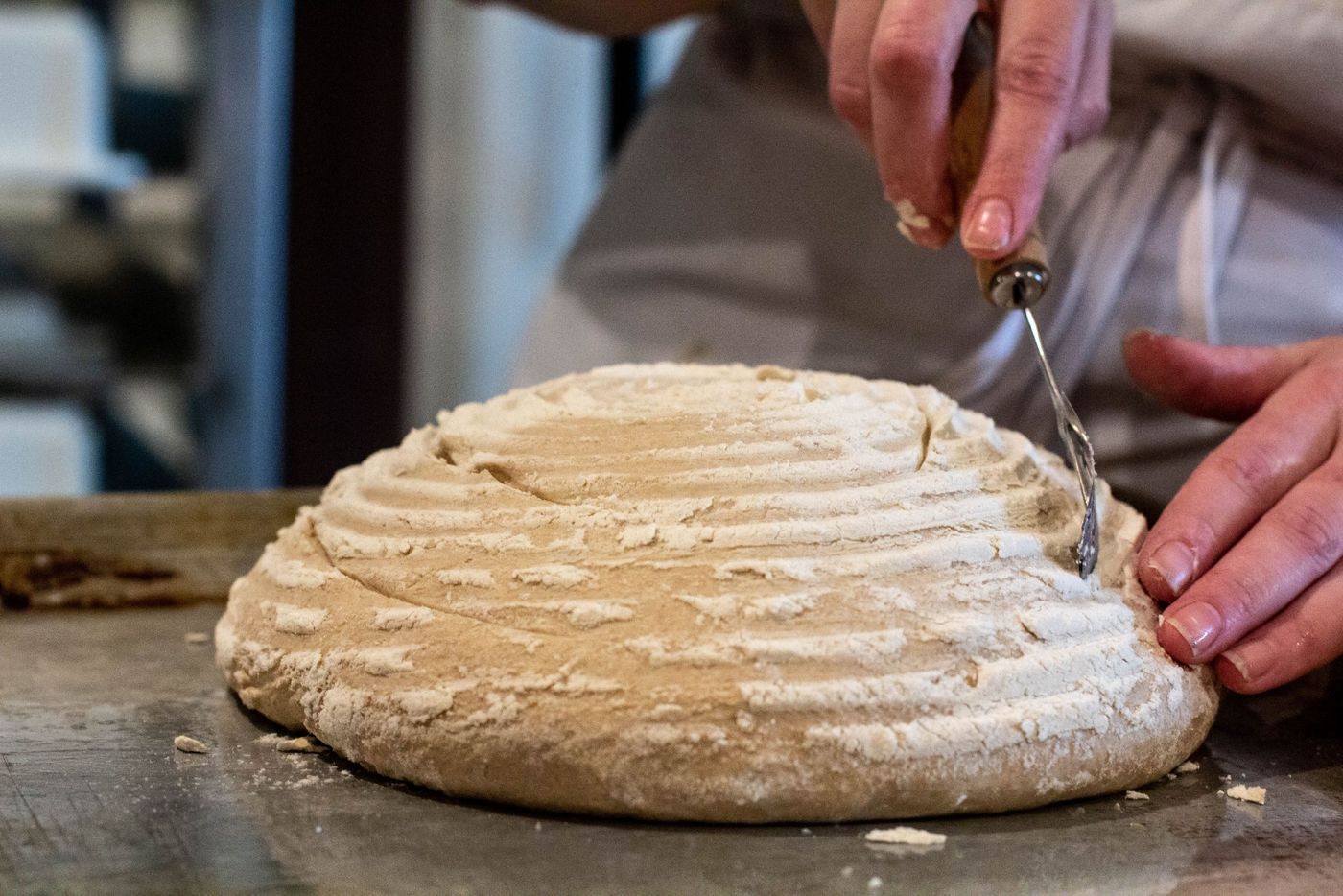
Hearth Bake
We bake our sourdough at 500F in a wood-fired hearth. Getting the hearth to the right temperature is a team effort since we share the oven with our chef team. The previous night's team will make sure that the oven is at a high temperature at the end of service and seals it to retain the heat. The next morning, we scoop out the coals and mop the oven floor with wet towels. This removes ash and starts cooling down the oven to baking temperature. We score (slash) the loaves before they go into the oven to allow them to expand during the oven spring. Oven spring refers to the final burst of activity from our now-dying yeast in the first minutes of baking (RIP, you delicious friends). Scoring also determines which direction the dough expands in while allowing us to create an opening in the crust, called an ear. We place wet towels inside the oven during baking to create steam that hydrates the dough and ensures proper oven spring. When the loaves begin to darken, we remove the towels and let out the steam to finalize the caramelization of the crust.
Finished Bread
The results are tall loaves with a deep, dark brown crust, beautifully scored ears, and an open crumb. The fermentation creates a balance of acidity and an earthy flavor with notes of cinnamon. Each is a unique loaf with variances in curvature, shade of color, and flour patterns. Our goal is to achieve both great tasting and aesthetically pleasing bread, but this is by no means a guarantee. Every day there are factors that greatly influence the final product and leave us with a paradoxical conclusion: we strive for perfection that can never be attained, yet somehow hold it in our hands every day. -- Jester King Baker Johnathan Sanchez
Our baking team at Jester King Kitchen is led by Head Baker Amanda Loadman. Jester King Kitchen is led by Executive Chef Damien Brockway and Chef de Cuisine Amanda Turner. Photos by Granger Coats.

